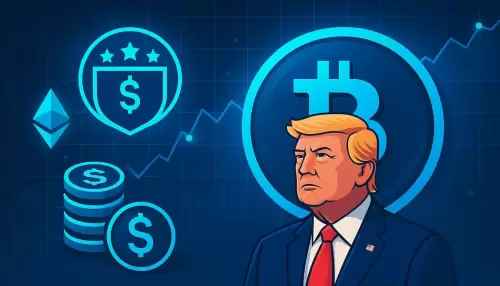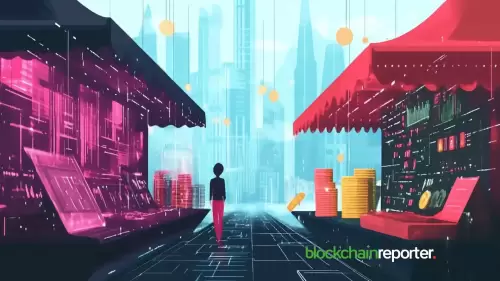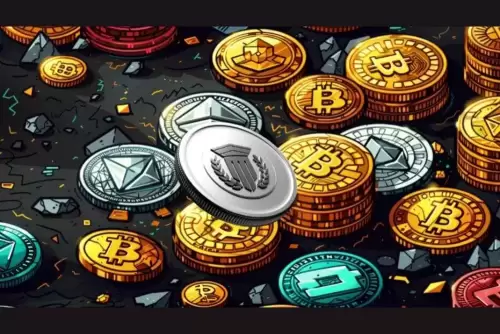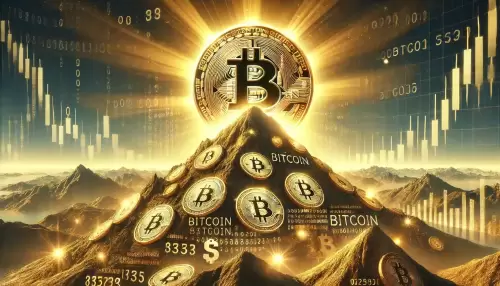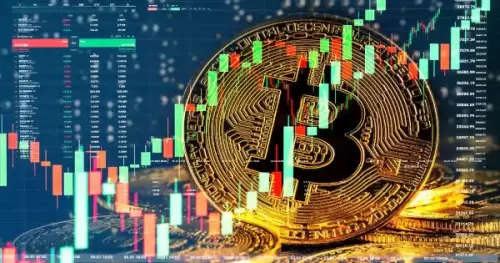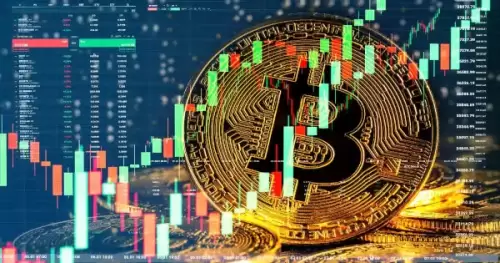 |
|
 |
|
 |
|
 |
|
 |
|
 |
|
 |
|
 |
|
 |
|
 |
|
 |
|
 |
|
 |
|
 |
|
 |
|
Cryptocurrency News Articles
Why Cheap Isn't Enough: The Real Reasons We Haven't Transitioned to Renewable Energy Yet
Jun 13, 2025 at 12:09 am
Most economists and policymakers believe the clean energy transition is a question of cost. They take a simplified view that by bringing down the costs of cleaner energy sources, renewables will slowly but surely surpass fossil fuels and drive a natural transition.

It’s clear to many people that the world urgently needs to reduce its reliance on fossil fuels and embrace cleaner, renewable energy sources, and governments have recognized this with their pledges to achieve net-zero greenhouse emissions in the not-too-distant future. But it’s not clear if those governments will be able to make good on those promises while relying on existing economic models.
Most economists and policymakers believe the clean energy transition is a question of cost. They take a simplified view that by bringing down the costs of cleaner energy sources, renewables will slowly but surely surpass fossil fuels and drive a natural transition. This belief has led to a concerted effort by both governments and industry to reduce the costs of clean energy, and solar and wind power in particular has become much more affordable over the last few decades. That’s especially true in China, where the government has provided subsidies to scale up green industries and bring down the “levelized cost of energy”, or LCOE. This metric shows that clean energy sources were more affordable than fossil fuels, even before events such as the Ukraine conflict sent the cost of oil and gas soaring.
But even with clean energy now being cheaper than fossil fuels, we haven’t seen the hoped-for global transition to renewable energy sources. In fact, clean energy is still only used as a supplement to fossil fuels, and governments in both developed and developing nations continue to ramp up the production of fossil fuels and seek out new reserves.
Some blame the rise of politicians such as Donald Trump in the U.S, who has long denied the impact of climate change, for the lack of progress in the clean energy transition. But the blame can’t just be placed on these politicians, for the real reasons are more complex, rooted in the economics of clean energy. According to Brett Christophers, the author of The Price is Wrong: Why Capitalism Won’t Save the Planet, one of the problems is that, while renewable energy may be cheaper, it’s not as profitable as fossil fuels. Moreover, the nature of electricity demand means it’s not suitable for market forces to govern the price of renewable energy, resulting in suboptimal outcomes for investors in energy infrastructure.
Why Cheap Isn’t Enough
The unique characteristics of renewable energy create some big problems for the transition to clean energy. Nature is an unpredictable beast, and so the supply of wind and solar power is intermittent. Sometimes the sun shines, sometimes it doesn’t, leading to fluctuations in energy output and volatile prices. Moreover, government subsidies for green energy sources often result in overcapacity during periods of lower demand. Yet the withdrawal of subsidies disincentivizes investment in the sector.
As countries like the U.K. and Germany ramp up their consumption of renewable energy, their supply becomes more unpredictable, which increases the reliance on fossil fuels for those times when the sun doesn’t shine and the wind isn’t blowing.
To get past fossil fuels, the clean energy sector needs to find a reliable way to store the excess power that’s generated when the sun shines brightly or when the wind blows a gale, so it can be used at times when the supply is inadequate. We do this primarily with pumped-storage hydro, but this method is only suitable for places with sufficient water sources and the right topography. There’s also battery storage, but the costs of these remain extremely prohibitive. According to research by MIT, the price of battery storage would need to come down by 90% for renewable energy sources to replace fossil fuels, and that’s unlikely to happen any time soon.
The intermittent supply of renewables makes clean energy projects less attractive for investors, which means it becomes harder to secure funding for these initiatives, further holding back the transition away from fossil fuels. We’ve seen this with the Glasgow Alliance for Net Zero, which was launched in April 2021 at COP26 amid great fanfare, promising to remove barriers to investment in the global transition. But already, the six largest U.S. banks have all withdrawn from the initiative, seriously undermining its prospects.
Unless clean energy projects can attract enough funding, the world is going to be stuck with fossil fuels for the foreseeable future, but they remain unattractive for traditional investors.
Promises of taking action on climate change and achieving net-zero have become all the rage among global corporations, but the reality is that most continue to prioritize profitability above all else. If large-scale clean energy projects are going to find the financial backing they need to be successful, they need to show that not only are they economically viable, but also more profitable than traditional energy sources. Or if not, then they’re going to have to attract a different class of investors.
Decentralizing Clean Energy Funding
Surprisingly, the latter option might just be a possibility. While some investors do care about the environment, they care even more about their money, which is why they’ll always invest in the biggest opportunities. And in the energy sector, that
Disclaimer:info@kdj.com
The information provided is not trading advice. kdj.com does not assume any responsibility for any investments made based on the information provided in this article. Cryptocurrencies are highly volatile and it is highly recommended that you invest with caution after thorough research!
If you believe that the content used on this website infringes your copyright, please contact us immediately (info@kdj.com) and we will delete it promptly.






















































